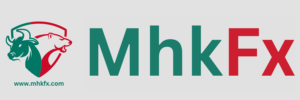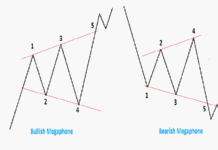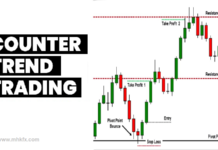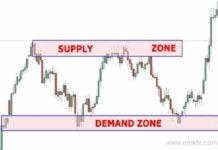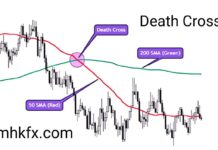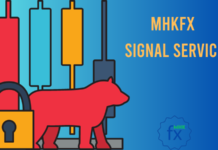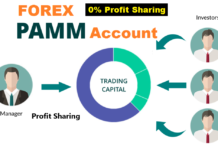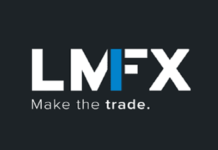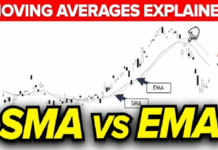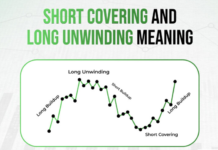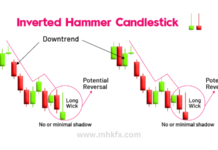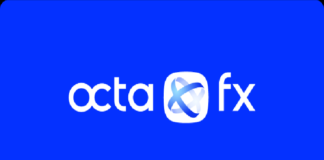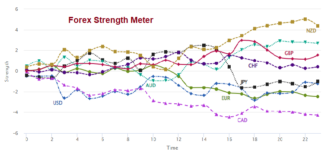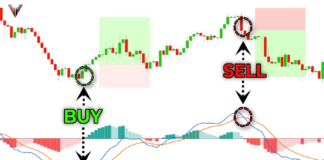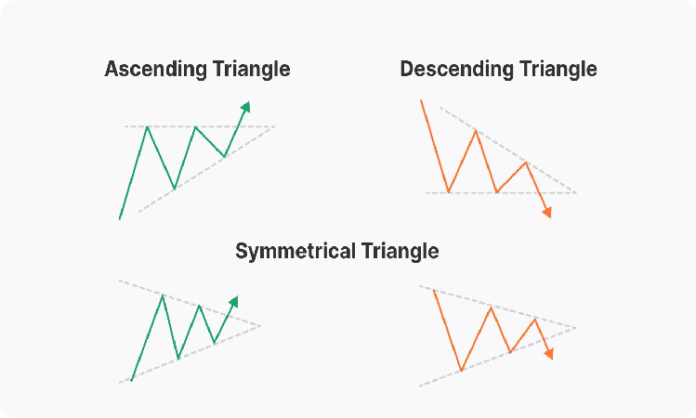
In the fast-paced world of forex trading, traders are always on the lookout for any edge that can help them gain a competitive advantage. One such edge that has gained significant popularity in recent years is the use of technical analysis, specifically the recognition and utilization of triangle patterns. These patterns are considered to be reliable indicators of future price movements, making them a powerful tool for traders seeking profit potential. We will explore the fascinating world of forex triangle patterns (Ascending Triangle, Descending Triangle & Symmetrical Triangle) and how traders can harness their potential for profitable trading.
Understanding Forex Triangle Patterns
Triangle patterns in forex represent a specific consolidation phase in the price action. They are characterized by converging trendlines, creating a triangular shape on the price chart. There are three primary types of triangle patterns: ascending triangles, descending triangles, and symmetrical triangles.
Ascending Triangle : In an ascending triangle, there is a horizontal resistance line and an upward-sloping support line. This pattern indicates that buyers are becoming more aggressive, and a breakout to the upside is more likely.
Descending Triangle : In a descending triangle, there is a horizontal support line and a downward-sloping resistance line. This pattern suggests that sellers are becoming more dominant, and a breakdown to the downside is more probable.
Symmetrical Triangle : A symmetrical triangle is characterized by both the support and resistance lines converging at the same rate. This pattern doesn’t provide a clear bias for either buyers or sellers and often precedes a significant price breakout.
The Profit Potential of Triangle Patterns
Forex traders find profit potential in triangle patterns through a systematic approach to trading. Here are some key steps to consider:
Pattern Recognition : The first step is to identify and confirm the existence of a triangle pattern on a price chart. This involves drawing trendlines and ensuring that they converge in the desired triangular shape.
Entry and Stop-Loss Orders : Once a triangle pattern is confirmed, traders can set entry orders just above the upper trendline (for an ascending triangle) or just below the lower trendline (for a descending triangle). Stop-loss orders are essential to limit potential losses.
Target Price Levels : The height of the triangle pattern can be used to estimate a potential price target after a breakout. Traders often set their take-profit orders based on this measurement.
Time Frame Considerations : Traders should also pay attention to the time frame they are trading on. Shorter time frames may result in smaller profits and higher volatility, while longer time frames can lead to more substantial gains.
Confirmation and Risk Management : It’s crucial to confirm the breakout of the triangle pattern through increased volume and follow-through price action. Additionally, traders should implement risk management strategies, such as setting appropriate position sizes and adjusting stop-loss orders as the trade progresses.
Conclusion
Forex traders have increasingly turned to technical analysis and, in particular, the recognition of triangle patterns as a means to identify potential profit opportunities. These patterns provide valuable insights into the market’s sentiment and can serve as a basis for sound trading strategies.
However, it’s important to remember that while triangle patterns can be reliable, no trading strategy is foolproof. Risk management remains a critical aspect of successful trading. Forex traders who understand how to identify and utilize triangle patterns, along with a disciplined and patient approach, can unlock significant profit potential in the currency markets.
Click to sign up with ICMarkets
Related Post:
Precision Trading with Harmonic Patterns
